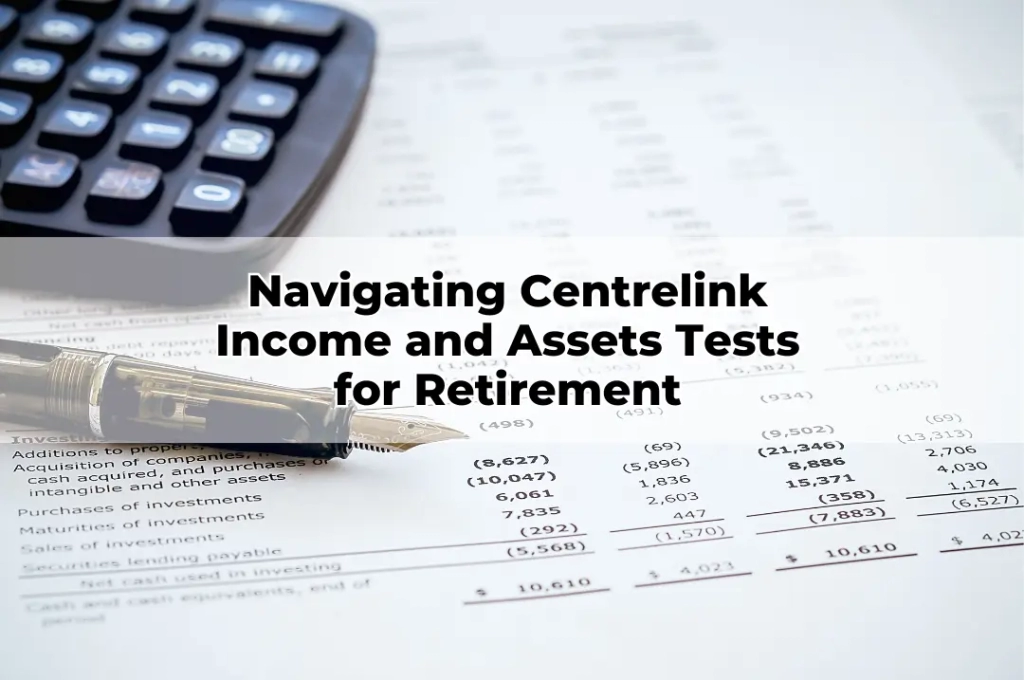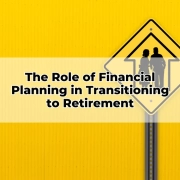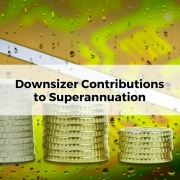Navigating Centrelink Income and Assets Tests for Retirement
Table of Contents
ToggleAs Australians approach retirement, navigating Centrelink’s complex income and assets tests becomes a vital part of securing financial wellbeing. These assessments determine eligibility for the Age Pension and other social security entitlements. While the system aims to deliver support to those in need, it’s a labyrinthine process with many potential pitfalls. Understanding the intricacies of Centrelink’s tests is paramount for those seeking to optimise their entitlements. A misstep here could mean forgoing thousands in benefits. As a Toowoomba Financial Adviser, I regularly help clients structure their finances to align with Centrelink’s criteria, while ensuring their long-term financial security isn’t compromised.
The Purpose of Centrelink’s Income and Assets Tests
Centrelink’s means testing framework serves to ensure social security payments are distributed equitably. The income test assesses money earned from work, investments, and financial products, while the assets test evaluates the value of property, vehicles, investments, and possessions. Both are designed to determine the amount of Age Pension, if any, a person is eligible to receive. However, the calculations aren’t always straightforward. Some assets are “deemed” to earn income, even if they don’t. A strategic understanding of these rules is essential in retirement financial advice, especially for those managing investment portfolios or running self-managed super funds (SMSFs).
What Centrelink Considers ‘Income’ and ‘Assets’
The definitions Centrelink uses differ markedly from everyday financial terms. Income includes not only wages and business profits but also deemed returns from financial assets, such as term deposits and managed funds. Even account-based pensions may be assessed under deeming rules. Assets, on the other hand, encompass everything from property and vehicles to collectables and overseas holdings. Understanding how each asset or income stream is categorised is crucial. Misreporting or misunderstanding these classifications can result in overpayment penalties or missed entitlements. A Financial Planning Toowoomba professional can guide retirees in correctly interpreting and disclosing these figures.
How the Income Test Works
The income test operates with a set of thresholds. For singles, the threshold is currently $204 per fortnight, and for couples, it’s $360 combined. Income above these thresholds reduces the Age Pension by 50 cents for each dollar earned. However, not all income is counted at face value. Deeming rules may assign a hypothetical rate of return to financial investments, often lower than market yields. This system rewards prudent planning. Skilled retirement structuring can reduce assessable income while maximising actual cash flow. Leveraging the income test effectively often requires the guidance of an Online Financial Adviser or specialist with experience in retirement income streams.
The Assets Test Explained
The assets test evaluates both the nature and value of possessions. The family home is exempt, but nearly everything else is on the table. The current threshold for homeowners is $301,750 for singles and $451,500 for couples, above which the pension reduces by $3 per fortnight for every $1,000 in assets. Items such as caravans, boats, and household contents must be valued at market rates. Importantly, some assets—like funeral bonds or certain superannuation held by a partner under Age Pension age—may be exempt. Meticulous planning and up-to-date valuations can ensure compliance and potentially increase eligibility.
Deeming Rules
Deeming is a method Centrelink uses to estimate income from financial investments, regardless of their actual performance. For singles, the first $60,400 is deemed at 0.25%, and anything above is deemed at 2.25%. For couples, the combined threshold is $100,200. These rates apply to savings accounts, shares, managed funds, and account-based pensions. The deeming system simplifies administration but can distort reality—especially in low-yield markets or for retirees with conservative investment strategies. Strategic repositioning of assets can mitigate the impact of deeming. As a Toowoomba Financial Adviser, I often help clients rebalance portfolios to optimise Centrelink outcomes.
Asset Structuring Strategies for Optimising Centrelink Eligibility
Effective asset structuring can significantly enhance Age Pension entitlements. Gifting, for instance, allows the transfer of wealth, though strict limits apply—$10,000 per financial year and $30,000 over five years. Downsizing the family home and investing in exempt assets like funeral bonds or life interests are other common tactics. Additionally, assets held within superannuation by a partner under pension age may be disregarded. Strategic planning in the lead-up to retirement, not just after, is key. Tailored advice from a Financial Planning Toowoomba specialist can help individuals reconfigure their financial landscape without breaching compliance thresholds.
Income Stream Products and Their Impact on Assessments
Account-based pensions, annuities, and superannuation drawdowns all impact Centrelink assessments differently. Older income stream products (commenced pre-2015) may be grandfathered and assessed favourably under income test rules. Newer products fall under deeming provisions. Lifetime annuities can offer Centrelink advantages as a portion of the asset may be exempt depending on the product’s design. Understanding the nuances of each income stream product is critical. Selection should not only be based on yield or growth potential but also Centrelink implications. This is where personalised Retirement Financial Advice delivers real value, guiding decisions based on both current entitlements and future projections.
The Role of Superannuation in Means Testing
Superannuation plays a unique role in Centrelink’s framework. For individuals under Age Pension age, super is exempt from both the income and assets tests. However, once the individual reaches pension age, the super balance is fully assessable. This creates planning opportunities in couples where one partner is younger. Strategic withdrawals or re-contributions before pension age can influence test outcomes. SMSFs add further complexity, requiring accurate reporting and careful timing of pension commencements. Expert insight from an Online Financial Adviser or SMSF specialist is essential to manage the crossover between tax efficiency and Centrelink eligibility.
Navigating the Gifting Rules
Centrelink’s gifting rules aim to prevent the artificial reduction of assets. Gifts exceeding $10,000 in one financial year or $30,000 over five years are treated as ‘deprived assets’ and remain assessable for five years. These limits apply whether the gift is to family, charity, or trusts. Overstepping them can unintentionally reduce Age Pension entitlements. Timing is crucial. Advance planning ensures gifting strategies fall within allowable bounds. Financial advice should focus not just on reducing assessable assets but also preserving financial security. Mismanaged gifting can erode retirement capital and trigger unintended tax consequences.
Common Mistakes in Centrelink Applications and Reviews
Centrelink applications are often delayed or rejected due to avoidable errors. Underreporting assets, misclassifying income streams, or failing to update details after market fluctuations are common pitfalls. Even minor discrepancies can affect payments or result in lengthy reassessments. Reviews are conducted regularly, and any changes—such as asset sales, new investments, or inheritance—must be reported promptly. Professional guidance ensures accurate lodgement and ongoing compliance. Leveraging the expertise of a Toowoomba Financial Adviser reduces administrative burdens and safeguards against costly oversights, especially when managing complex structures like SMSFs or diversified investment portfolios.
Preparing for Retirement Early
The best outcomes in navigating Centrelink’s tests arise from proactive planning, ideally years before retirement. Decisions around asset ownership, income streams, and superannuation contributions made in your 50s can profoundly affect Age Pension outcomes. Early financial planning can also accommodate legislative changes, shifting deeming rates, and future lifestyle aspirations. It’s not simply about maximising Centrelink payments, but about ensuring a dignified, secure, and flexible retirement. Engaging with a Financial Planning Toowoomba expert allows retirees to build a tailored, legally compliant roadmap that aligns their values with financial realities.
Conclusion
Centrelink’s income and assets tests are a critical component of Australia’s retirement system, but they’re rarely straightforward. With hundreds of variables, frequent legislative updates, and complicated assessment methodologies, navigating the system alone can be overwhelming. Strategic advice helps retirees preserve their dignity, avoid pitfalls, and access their full entitlement. As a Toowoomba Financial Adviser, I specialise in helping clients align their financial structure with Centrelink’s frameworks, ensuring sustainable, stress-free retirement outcomes. Whether you’re on the cusp of retirement or planning well in advance, partnering with an Online Financial Adviser ensures peace of mind and financial clarity. For informed, personalised, and proactive guidance, reach out to begin your retirement journey with confidence.









